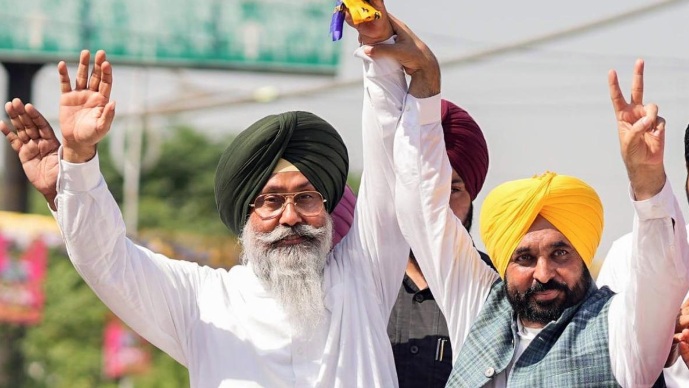India Allows Sikhs to Visit Nankana Sahib with Caveats
Panjab: Disaster response funds in disarray; Another round of rains; Gupta for Rajya Sabha; NCRB data. Sikh: Indian Sikhs allowed to Nankana Sahib; Modi attempts to whitewash RSS over 1984 genocide; Facial hair rule for US troops—and more stories.
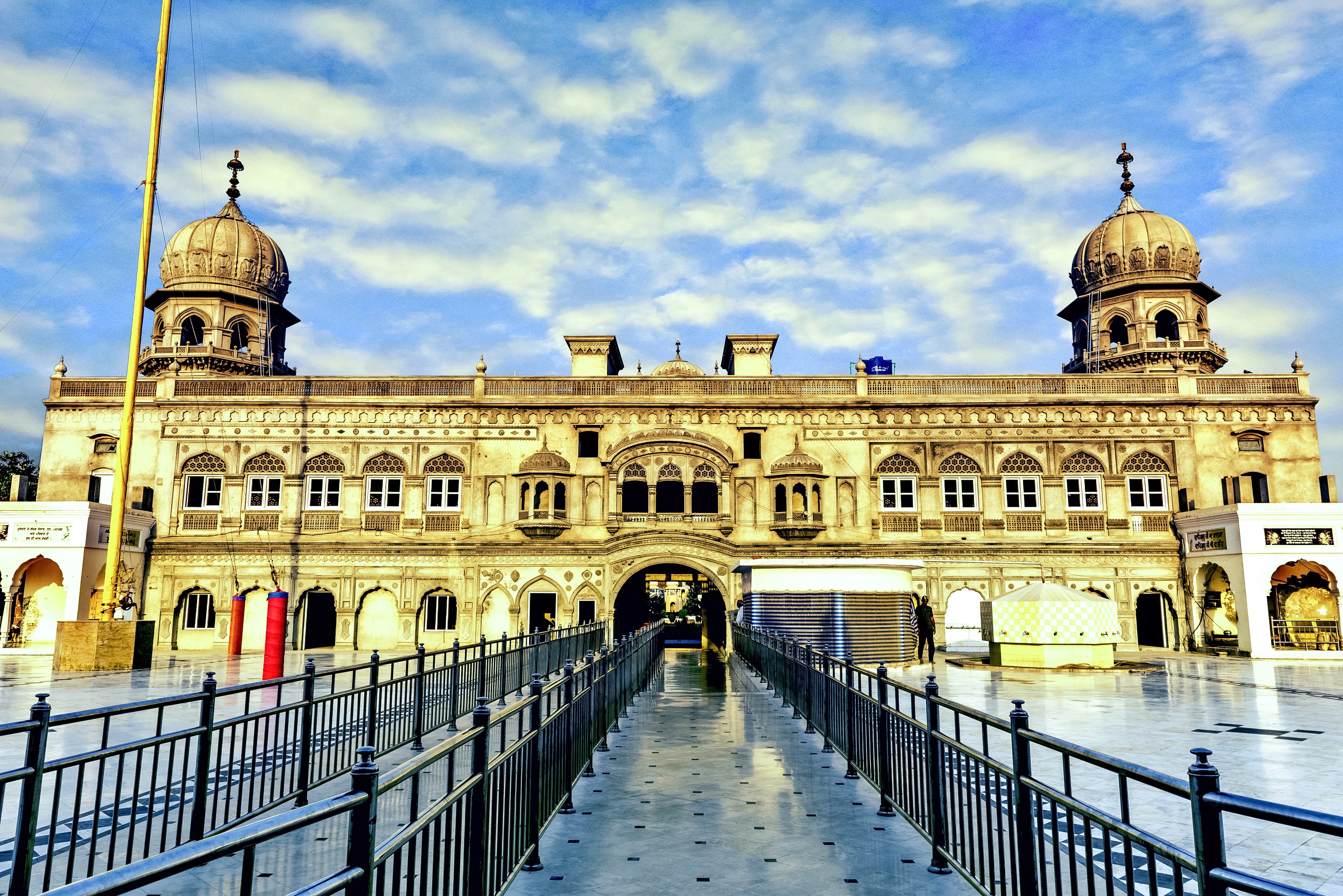
India Allows Sikhs to Visit Nankana Sahib with Caveats
The Indian union government has revoked its 12 Sep ban and now allowed the Sikh jatha (group) to visit Pakistan in November to mark the Parkash Purab (birth anniversary) of the first Sikh Sovereign, Guru Nanak. The Shiromani Gurdwara Parbandhak Committee (SGPC) had written to Prime Minister Narendra Modi on 29 Sep, urging the government to reconsider and allow the devotees to visit Nankana Sahib and other historic shrines in Pakistan. SGPC president Harjinder Singh Dhami said, 'The government’s decision is both timely and commendable.' He also appealed to the Bharatiya Janata Party‑led union government to reopen the Kartarpur Corridor. Giani Kuldeep Singh Gargaj, acting Jathedar (leader) of Akal Takht, also welcomed the decision while stressing that pilgrimages to Pakistan strengthen communal harmony and foster peace in the region. Harmeet Singh Kalka, president of the Delhi Sikh Gurdwara Management Committee also hailed the union government for allowing the jatha to Pakistan. All India Congress Committee’s secretary and Panjab Member of Legislative Assembly Pargat Singh said, 'This decision reaffirms that politics cannot confine faith. The union government has finally listened to the voice of Sikh tradition and collective devotion. It proves that Sikh sentiments cannot be sidelined. This is about the dignity of our traditions and the right of every Sikh to bow their head at sacred shrines.' However, in the letter accompanying the decision, the union government has imposed new rules on pilgrims. Earlier, the Sikh institutions could directly file visa applications with the Pakistan High Commission. Now only those applications will be processed which meet the union government's approval. Panjab police and other state agencies shall vet the documents. Action under Section 19 of Passport Act 1967 can be taken against anyone violating the new rules. Meanwhile, SGPC has launched a coordination center in Birmingham, UK, along with the Khalsa Panth Academy. The aim is to facilitate seamless spiritual visits for devotees and strengthen connections with Sikh institutions. The center will ensure that visiting devotees from Europe and UK have access to necessary facilities like accommodation and travel arrangements when visiting Panjab's Gurdwaras (earlier coverage).
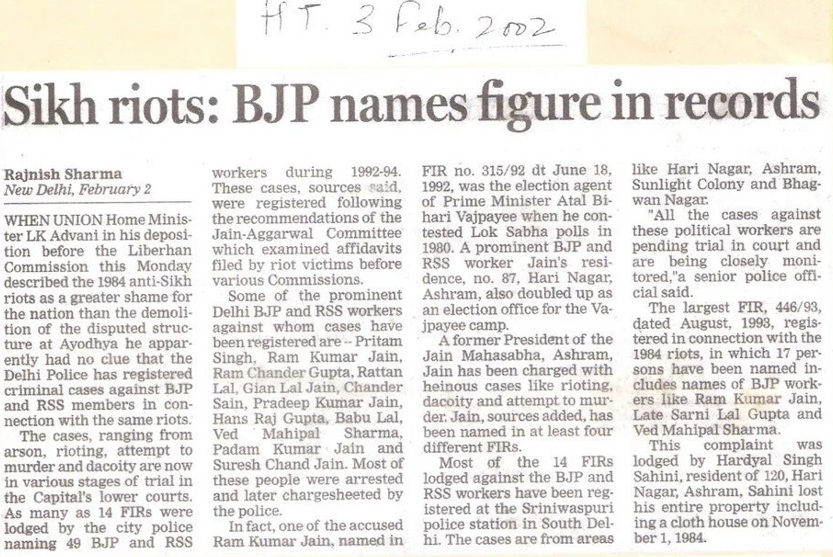
Modi Attempts to Whitewash RSS Role in 1984 Sikh Genocide
At the centenary celebrations of Rashtriya Swayamsevak Sangh (RSS)—Bharatiya Janata Party's (BJP) parent organization, the right-wing body—Indian Prime Minister Narendra Modi tried to whitewash the role of the organization in the 1984 Sikh Genocide. He said, 'In 1984, during the Sikh massacre, so many Sikh families took refuge in the homes of swayamsevaks (volunteers). This is our nature.' While the genocide is normally attributed to the Indian National Congress there is enough proof that both the RSS and BJP were involved in the killing of Sikhs and looting of their properties. One such is a set of fourteen First Information Reports (FIR) filed in 1992 on the basis of victim affidavits at the Sreenivaspuri Police Station, New Delhi. The FIRs were filed on the recommendation by Jain-Agarwal Committee (JAC), 1990-93 to recommend the registration and investigation of cases related to the Sikh genocide by the Delhi Administration. Many of those FIRs are against RSS and BJP leaders with names and details. These FIRs were never processed. The official stance of RSS was enunciated by its leader Nana Deshmukh who blamed the Sikhs for inviting the massacre upon themselves in his piece Moments of Soul Searching published in the magazine Pratipaksh (counterpoint) edited by George Fernandes who later became the Defence Minister of India during the first National Democratic Alliance (NDA) government (1999-2004). This was the same NDA government which awarded Deshmukh the Bharat Ratna, India’s topmost civilian award. Deshmukh said, ‘Sikhs themselves invited these attacks...Sikhs should have done nothing in self-defence but showed patience and tolerance against the killer mobs. These were Sikh intellectuals and not killer mobs which were responsible for the massacre. They had turned Sikhs into a militant community, cutting them off from their Hindu roots, thus inviting attacks from the nationalist Indians.’ However, this does not mean some Sikhs were not sheltered by RSS members. That could have happened, but those must be seen as acts of courage in personal capacity and not an organization stance. This is why BJP now promising justice to Sikhs is their attempt to show the INC down, not empathy for the Sikhs.

New Facial Hair Rule for US Troops; Woman Rescued from Oman
US Defense Secretary Pete Hegseth has announced a strict new grooming policy that effectively bans most beards in the US military, allowing exceptions only for elite special forces. During a speech at Marine Corps Base, Quantico, Hegseth said, 'If you want a beard, join special forces. If not, shave. We don’t have a military full of Nordic pagans.' The new policy could force many service members—especially Sikhs, Muslims, Jews, and Black troops with skin conditions—to choose between their military careers and their religious beliefs or health needs. Critics fear this is the beginning of a broader crackdown on diversity, faith, and health-based accommodations in the armed forces. The Sikh Coalition, a group that has advocated for Sikhs in the military who want to wear turbans, beards, and other visible signs of their faith, has issued a statement saying it is 'angered and deeply concerned' about Hegseth’s comments about grooming standards. Shiromani Gurdwara Parbandhak Committee president Harjinder Singh Dhami wrote to India’s External Affairs Minister Subrahmanyam Jaishankar, urging him to take up the issue with the US defence secretary to ensure that Sikhs can practice their faith without any discrimination. Criticism has also emerged from other religious communities such as Orthodox Jews with payot and beards, and Muslims. Sikhs have served in the US military since World War I. Meanwhile, a young woman from Jalandhar, who went to Oman on 15 Jun with the hope of improving her family’s financial condition, has returned home after enduring months of physical and mental torture in Muscat. She credits her survival and safe return to efforts of Rajya Sabha (Upper House of Parliament) member Balbir Singh Seechewal. She was confined in an office-like building where more than 10 Indian girls were being held. The women were forced to work for up to 12 hours a day, beaten for the smallest mistakes, and often deprived of food. 'The travel agents took away mobiles and passports. We were treated worse than animals,' she said. Seechewal has appealed that people verify their visa types and job offers carefully before leaving the country (earlier coverage).
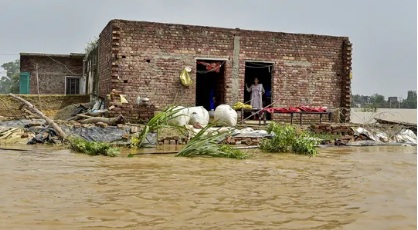
Disaster Response Funds in Disarray, Another Round of Rains Floods Rivers
On 30 Sep, Panjab Chief Minister Bhagwant Singh Mann met Union Home Minister Amit Shah to request more funds for flood relief. Soon after the meeting, the union government asked Panjab to utilize USD 1,419M lying in the State Disaster Response Fund (SDRF). Panjab has not been able to provide specific details of the utilization of this fund despite questions being raised by the Comptroller and Auditor General of India and the union government. Panjab has not maintained a separate account for the SDRF expenditure as required. The money was kept in the general pool and spent on meeting routine government expenditure. Meanwhile, despite the South West monsoon receding, due to western disturbance over the Indian subcontinent, Panjab and adjoining states saw heavy rains on 6-7 Oct. Even from 1-6 Oct, Panjab received 415% excess rain inundating grain markets where paddy was stored post sale. This has led to authorities releasing water from dams causing a spate in Panjab’s rivers, especially Satluj and the Harike headworks which saw 112K cusecs water on 7 Oct morning. In the past three weeks since the Aug-Sep floods ended, the Panjab govt has blamed the Indian Metrological Department for wrong weather predictions, the Bhakra Beas Management Board which controls Bhakra and Pong dams, and the union government by passing a resolution in the Legislative Assembly, but neglected to do what it could to desilt the dams. Silt in Bhakra has reduced the dam’s water holding capacity by 25%, river Satluj’s carrying capacity by two-thirds, yet there was no effort to clean them at war-footing. The people continue to suffer the vagaries of nature with the wheat sowing period shrinking even further. Concurrently, The Punjab Agricultural University (PAU) has conducted tests in most flood affected districts to assess the impact on soil. The pH levels were alkaline and electrical conductivity remained low. Organic carbon content averaged above 0.75%, exceeding Panjab’s usual 0.5%, with some samples crossing 1%. This is good for crops but the soil has also hardened and needs extra tilling (earlier coverage).
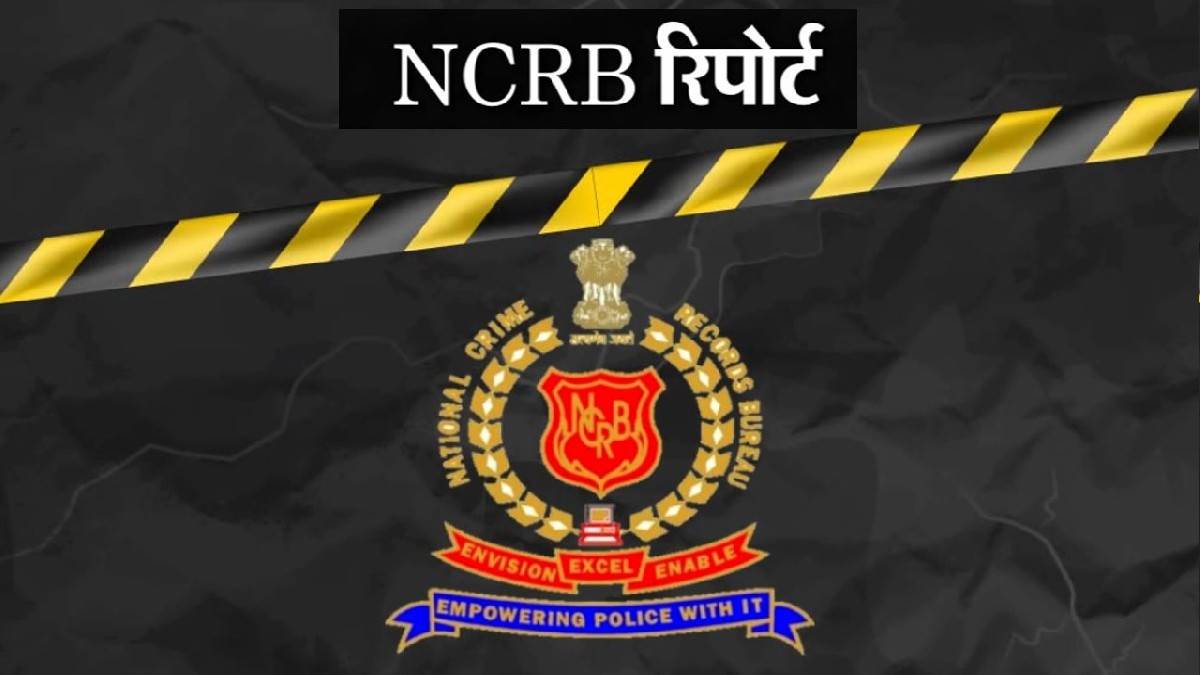
NCRB Data Shows Panjab in Poor Light
On 29 Sep, the Indian National Crime Record Bureau (NCRB) released multi-sectoral data for the year 2023. According to the farmer suicide data, Panjab recorded a decline in overall farm suicides (cultivators and laborers combined), dropping from 302 in 2019 to 174 in 2023. Out of the 174 people who lost their lives, 141 were cultivators—133 cultivating their own land and eight after taking it on lease. The rest of the 33 fatalities were those of farm laborers. However, farm organizations in Panjab have rejected the figures, terming them as 'highly depreciated'. Kirti Kisan Union vice-president Rajinder Singh Deep Singh Wala pointed to an extensive 2016 survey conducted by three Panjab universities which recorded 16,606 farmer and farm laborer suicides over 16 years (2000-2015)—an average of over 1K per year. Farmer sector leaders also pointed out that the NCRB has not recorded the reasons and causes behind farm suicides for the last six years, which they argue contributes to the undercounting, as deaths are often recorded under causes other than agricultural distress. On drug overdose, for a second year in a row, Panjab recorded the highest number of drug overdose deaths with 89 fatalities even as the state witnessed a decline from the 144 deaths reported in 2022. Panjab registered the third-highest number of cases under the Narcotic Drugs and Psychotropic Substances (NDPS) Act in 2023, with 11,589 cases, trailing Kerala (30,697) and Maharashtra (15,610). The data mentioned that the majority of NDPS cases in Panjab (7,785) were registered for possession of drugs for trafficking. In contrast, Kerala and Maharashtra showed higher numbers for possession for personal use. Prisons in Panjab recorded the highest number of 20 unnatural deaths in the country in 2023. According to the report on Prison Statistics in India, 2023, of the 20 unnatural deaths, 13 were suicides, three were due to murder by inmates, and four were accidental. The NCRB data on road accidents deaths reverses the trend of more injuries than deaths. Panjab saw 6,276 road accidents which caused 4,906 deaths and 3,305 injuries.
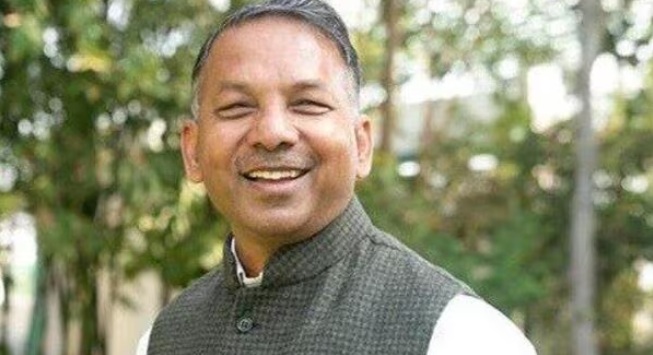
AAP Nominates Rajinder Gupta for RS, Sandhu for Tarn Taran MLA By-poll
Panjab's ruling Aam Aadmi Party (AAP) has announced industrialist Rajinder Gupta as its candidate for the Rajya Sabha (Upper House of Parliament, RS) by-poll scheduled to be held on 24 October. The decision was taken by the AAP's political affairs committee. The by-poll is being held to fill the vacancy created by the resignation of AAP's Sanjeev Arora, who stepped down from the RS following his election to the state assembly from Ludhiana West. Arora, whose term was to end on 9 Apr 2028, is presently a minister in the Panjab Cabinet. Gupta is a wealthy chairman emeritus of the Trident Group. He recently resigned as the vice-chairman of the State Economic Policy and Planning Board. In June, AAP supremo Arvind Kejriwal put to rest speculation that he would enter the RS from Panjab. Meanwhile, Panjab Chief Minister Bhagwant Mann announced former Member of Legislative Assembly (MLA) and Shiromani Akali Dal (SAD) member Harmeet Singh Sandhu as the AAP candidate for the upcoming by-poll on the Tarn Taran Assembly seat. Concurrently, two-time MLA and former minister Anil Joshi joined the Indian National Congress on 30 Sep. He was earlier in the Bharatiya Janata Party (BJP) but after expulsion he joined SAD. However, Joshi's political future within the INC is somewhat uncertain. Though he has a stronghold in the Amritsar North Assembly constituency, senior INC leaders are eyeing the seat. Party insiders suggest that they are open to supporting Joshi if he agrees to contest from another constituency, either within Amritsar or from Tarn Taran, his native district. At the same time, Panjab government has announced a special Vidhan Sabha (Legislative Assembly) session in Anandpur Sahib on 24 Nov. This session is proposed to be held as part of the series of events to be observed by the AAP government, to mark the 350th martyrdom anniversary of the ninth Sovereign, Guru Teghbahadar. Mann also said the state government will take up the matter of commemorating the martyrdom anniversary as Human Rights Day with the union government (earlier coverage).
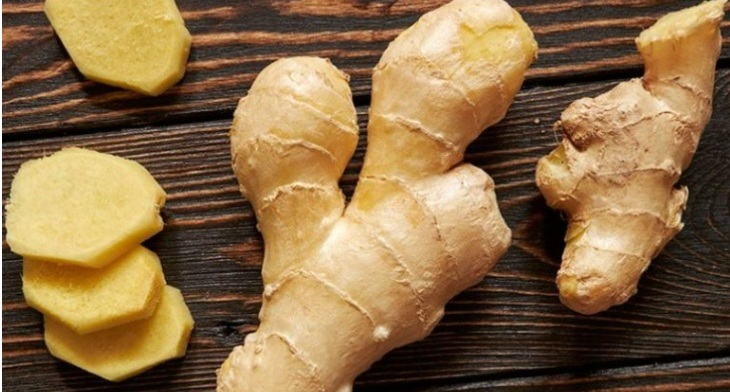
Meager Wheat MSP Hike, Cotton App Issues, Ginger Success
On 1 Oct, the Indian Cabinet Committee on Economic Affairs (CCEA), a department of the union government, increased the Minimum Support Price for wheat by 6.59% at USD 29.13 per quintal for the marketing year 2026-27. Panjab farmer unions have termed the USD 1.8 hike per quintal meager at a time when the state’s agricultural sector is faced with a crisis, especially after the floods ravaged the paddy crop. Bharatiya Kisan Union (Dakanda) state general secretary Jagmohan Singh said every year the union government plays a joke with farmers. He said, 'The actual cost of wheat production is much higher than the expected cost mentioned by the committee as the prices of labor, diesel, pesticides, and fertilizers have gone up in the past one year.' He added, the CCEA must ensure that other winter crops, including mustard, lentils, barley, and grams, must be procured on MSP according to the Swaminathan Commission recommended formula C2+50%. Meanwhile, the Cotton Corporation of India (CCI) has introduced a mobile application Kisan Kapas for Aadhaar (identity card)-based registration to ensure transparency and ease MSP-based procurement for the 2025-26 season. However, farmers in Panjab are finding it difficult to register on the app due to the non-availability of fresh girdwari (crop verification) reports or the lack of verification of the available reports. Hence, private players are making most of the purchases till now and that, too, below MSP. The registration process was scheduled 1-30 Sep, but has been extended to 31 Oct. Concurrently, over 500K tonne paddy has reached Panjab grain markets out of which 96% has been lifted. On stubble burning, the latest Indian Agricultural Research Institute initiative Consortium for Research on Agroecosystem Monitoring and Modeling from Space report shows western districts of Uttar Pradesh, particularly Mathura and Aligarh display a sharp rise in stubble-burning cases while Panjab recorded its cleanest early-harvest period in the last six years. In another breakthrough, Punjab Agricultural University has created a complete package of practices for successful ginger cultivation in the state’s Kandi belt, covering sub-mountainous tract along foothills of Shivalik Hills (earlier coverage).
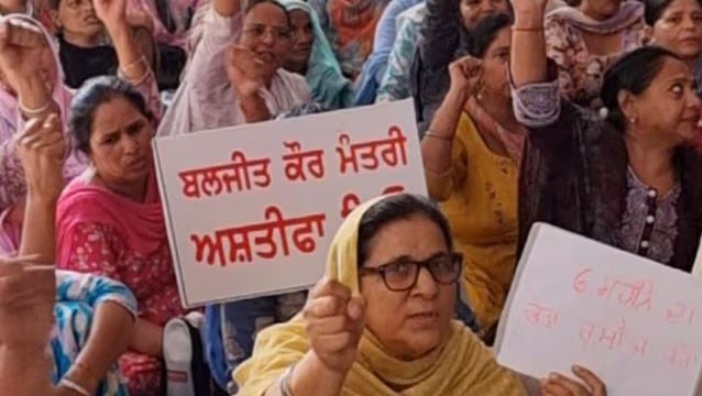
Chandigarh Claims Dubious Slum-Free Distinction; Unpaid Anganwadi Workers
Amid piles of rubble that were once Shahpur Colony in Chandigarh's Sector 38—destroyed household goods and stranded families—the Union Territory claimed the distinction of becoming India's first slum-free city. On 30 Sep, the enforcement team of the estate office demolished part of the colony, valued at USD 28M, the land had housed nearly 1K people living in over 300 hutments for around three decades. This marked the end of a 12-year effort by the local administration to clear 18 slums and valuable public land worth USD 2.3B. In total, over 520 acres have been recovered, providing the city with more room for growth and improved planning. Over the years, families eligible for rehabilitation were allotted EWS (economically weaker section) flats but hundreds of thousands of residents have been left bereft of documentation, shelter, and work. The migrant labor, primary residents of these slums are construction labor, house help, house maids, factory workers and other professions. As the city grew north to south, their slum colonies grew where work was available. As the construction work ends, the slums of the very labor that builds homes of the elite and middle-class, government infrastructure start seeming like eye-sores. Meanwhile, in Panjab, over 50K anganwadi (childcare) workers and helpers in nearly 27K centers across the state have not received their honorarium for the past six months. The workers get USD 123 per month, of which USD 50 is the honorarium component. This includes USD 33 from the union government and USD 17 from the state government. However, since April, this amount has not been credited into their accounts. Fed up with the delay, the childcare workers staged a massive protest outside the office of the Social Security Department in Chandigarh on 1 Oct. Union members said the deputy director of the Social Security Department had sought two to three days to resolve the issue, after which they would chalk out their next course of action. They said that if the issue is not resolved, they would restrict the entry of Social Security Minister Dr Baljit Kaur to villages (earlier coverage).
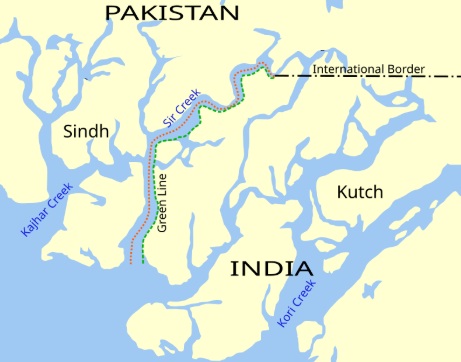
Pakistan Begins Military Build Up in Sir Creek to Rattle Modi
Recently Indian Defence Minister Rajnath Singh issued a stern warning to Pakistan at Bhuj Military station, Gujarat. He asserted that 'any misadventure in the Sir Creek sector will invite a decisive response.' He further remarked, 'Pakistan must remember that the road to Karachi passes through the Creek.' His statement was based on Indian intelligence reports showing Pakistan’s heavy military activity in areas adjoining Sir Creek. Sir Creek is a 96-km-long, largely inaccessible estuary between Gujarat in India and Sindh in Pakistan rich in oil and gas reserves. Karachi port in Pakistan and Gautam Adani owned Mudra port in India are within reach of Sir Creek. On 3 Oct, Indian Army chief General Upendra Dwivedi said, ‘If Pakistan wants to maintain a place in world geography, it must stop state-sponsored terrorism.’ The build up is post Operation Sindoor (vermillion mark) in which China and Turkey supported Pakistan. It is on the back of a recent defence pact between Pakistan and Saudi Arabia in which both nations said an attack on either of them would be considered ’an aggression against both’. For over a decade now India’s ruling Bharatiya Janata Party (BJP) has targeted Pakistan. Indian Prime Minister Narendra Modi and many of his ministers have foul-mouthed Pakistan to whip hysteria among their domestic constituency—Hindi speaking central India. In any eventuality of war, not Gujarat, but Panjab and Jammu & Kashmir (J&K) are the theatres of war. BJP’s core constituency is not moved by what happens to Panjab and J&K. Knowing Modi is partisan towards Gujarat, his home state, and protective about Adani and Anil Ambani, this time Pakistan has struck close to his home turf, at the interests of the oligarchs. On 4 Oct, Pakistan Army said that it noted with 'grave concern' India's 'delusional, provocative, and jingoistic statements'. Field Marshal Asim Munir warned a future conflict can lead to a ‘cataclysmic devastation’ and claimed the Pakistani armed forces can ‘take the fight to every nook and corner of the enemy’s territory’. Though most of this is sabre rattling from both sides, the Indian anxiety betrays its vulnerability (earlier coverage).
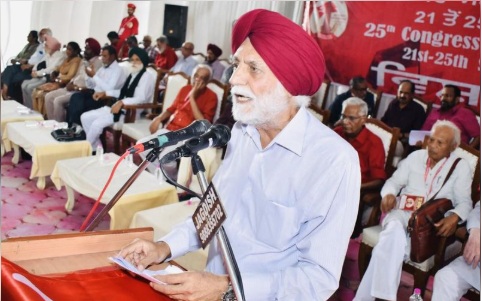
The Legacy of Communists in Panjab
Leaders of the Communist Party of India (CPI), speaking at its 25th Congress, have demanded that Chandigarh be given to Panjab. CPI leaders pointed out that Chandigarh was built by displacing Panjabi villages to serve as the capital of Panjab. The resolution also demanded that Panjabi be granted the status of the official language in Chandigarh. This year, CPI is celebrating a century of its existence, but the story of its Panjab unit starts two decades earlier and a decade before the Russian Revolution, 1917. Movements like the Pagri Sambhal Jatta (Peasant, Save your Turban, 1907) in Panjab and a largely Panjabi movement Ghadar (Rebellion, 1913) in North America had already profoundly influenced Panjab's culture and tradition. In Feb 1926, the Panjabi monthly newspaper Kirti (Worker) was launched to support proletariat activities. Its first meeting was organized and the red flag unfurled at Sikh Missionary College, Amritsar, on 1 May 1926. Kirti Kisan Party (Worker Peasant Party) was founded in September 1928 as the first organizational structure for the beginning of the Communist movement in Panjab. Many Gurdwara Reform movement leaders later joined the freedom struggle and worked alongside Communists, including Comrades Teja Singh Sutantar and Sohan Singh Josh. Besides the Akali and Gurdwara Reform movements, a large part of the Communist leadership came from the militant Babbar Akali movement against the British. Another important figure in pre-Independence Panjab was Sardar Sewa Singh Thikriwala, associated with the Praja Mandal Lehar (People's Movement), who strongly opposed feudal repression in Patiala state. In 1937, the Punjab Kisan Sabha was founded to mobilize peasants against exploitation by landlords and British authorities. By October 1938, over 73K members had joined it, with 200K primary units and 385 delegates. Harkishan Singh Surjeet, who was 22 years old then, was appointed its secretary. In the 1937 elections, 7 Communist leaders entered the Panjab Assembly. The differences between Sikh activists and Communists grew stark in the militancy years (1978-1993) when communists sided with the state though in 1942, Surjeet had been in favor of Sikh homeland. Presently, a number of farmer unions embody the communist ideology but not of the CPI flavor.
Like what you're reading? Subscribe to our top stories.
Liv Forum provides a digest of analysis on major issues facing Indian (East) Panjab and Sikhs globally.
In accordance with our Privacy Policy, we will never share or sell the information of our subscribers.
On Guru Teghbahadar’s 350th Martyrdom Day, Panjab Declares Holy Cities
Panjab: Holy Cities; PU Defuses Possible Confrontation; Parts of Missing Trollies Found, India Eyes Chandigarh, then Blinks. Sikh: Gupta Was on NYPD Radar; Ottawa Sikh Protest Was Peaceful; YouTube Stops Gurbani Transmission for a Week—and more stories.

